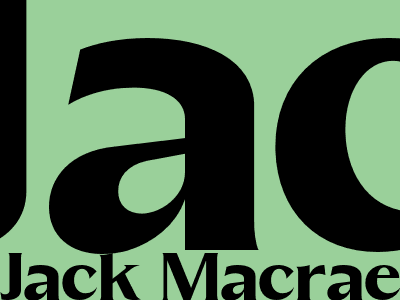How to Write an SEO-Optimized Blog Post That Will Rank Well in Google
Introduction
Creating high-quality, SEO-optimized blog posts is crucial for driving organic traffic to your website. By following best practices and optimizing your content for search engines, you can increase the visibility of your blog and reach a wider audience. In this comprehensive guide, we will delve into the essential elements of SEO-friendly blog writing, providing you with actionable tips and strategies to improve your content's search rankings.
Keyword Research
The Foundation of SEO
Keyword research is the cornerstone of SEO and should be the starting point for any blog post. By identifying relevant keywords that your target audience is searching for, you can tailor your content to their specific needs and increase its chances of appearing in search results.
Use keyword research tools to find keywords with high search volume and low competition. Focus on long-tail keywords (phrases of three or more words) as they are more specific and less competitive.
Content Creation
Quality Over Quantity
The content of your blog post is paramount. Search engines prioritize high-quality, informative, and engaging content that provides value to readers. Avoid keyword stuffing and focus on creating original, well-written content that addresses the needs of your target audience.
Use clear and concise language, avoiding jargon and technical terms that may alienate readers. Structure your content with headings, subheadings, and bullet points to improve readability and scannability.
On-Page Optimization
Optimizing for Search Engines
Once you have created your content, it's time to optimize it for search engines. This involves incorporating specific elements that help search engines understand the topic and relevance of your blog post.
- Title Tag: Write a compelling title tag that accurately reflects the content of your post and includes your primary keyword.
- Meta Description: Create a concise meta description that summarizes the post's content and entices readers to click.
- Header Tags: Use header tags (H1, H2, H3) to structure your content and indicate its importance.
- Image Optimization: Use descriptive file names and alt tags for images to help search engines understand their content.
- Internal Linking: Link to relevant pages on your website to improve site navigation and provide additional context for search engines.
Backlink Building
Building Authority and Trust
Backlinks, or inbound links from other websites to your blog post, are a crucial factor in SEO. Search engines consider backlinks as a sign of authority and trust, which can boost your post's ranking in search results.
Reach out to other websites in your niche and request guest posting opportunities. Create high-quality content that other websites would be interested in linking to. Participate in relevant online communities and forums to build relationships and earn backlinks.
Conclusion
Writing SEO-optimized blog posts is an ongoing process that requires a combination of content quality, technical optimization, and backlink building. By following the best practices outlined in this guide, you can create high-quality content that meets the needs of your target audience and ranks well in search results.
Remember that SEO is an ongoing process, and it takes time and effort to achieve significant results. Stay up-to-date with the latest SEO trends and best practices, and continually evaluate and improve your content to maintain your rankings.

Komentar